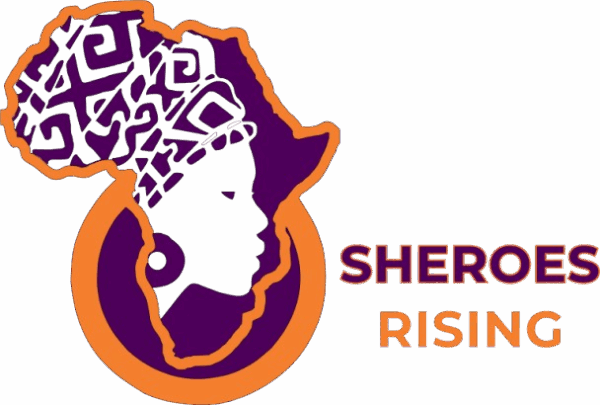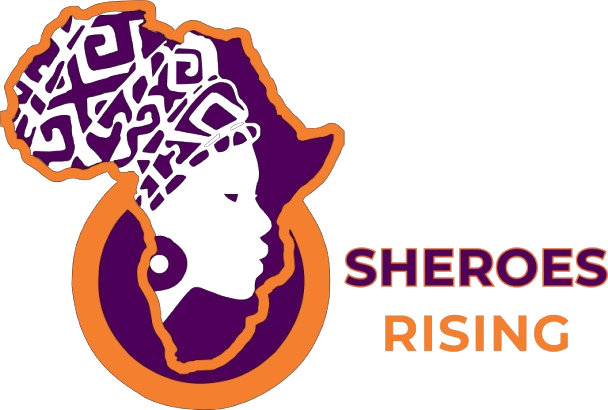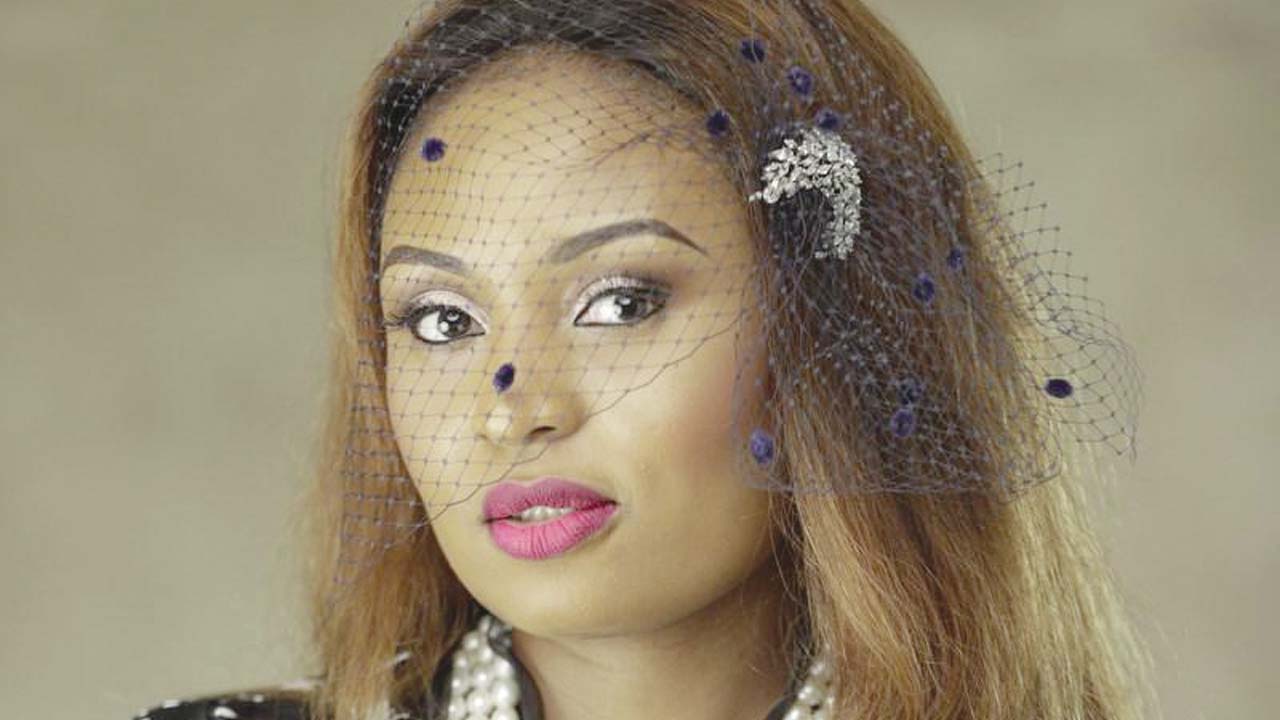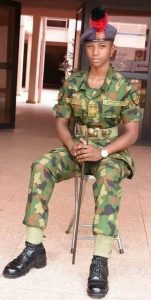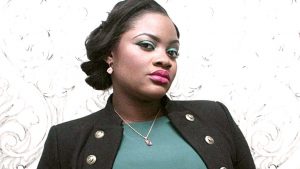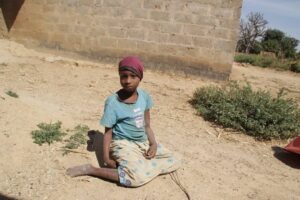Salihat Raham
Salihat Rahaman was born in Ile-Ife, Osun State to Prof. Moruf Rahaman and Hajiya Aisha Abdulrahman. She is one of three daughters. She received all her formal education in Nigeria, (primary at Corona School, Victoria Island to tertiary at University of Lagos, Akoka) and holds a Bachelor of Environmental Studies, (Architecture) as well as a Masters of Environmental Design in Architecture.
Salihat, who is an ARCON registered architect, has been in architectural practice for over 10 years since 2006, having started her career at UACN Property Development Company in 2005, until her last appointment to the Executive Board of Design Group Nigeria, one of the foremost architectural firms in Nigeria. Her areas of specialisation span over various buildings types from residential to commercial and hospitality buildings as well as urban planning. Her love of the arts and creativity has gradually led her to fashion where she emerged with her own clothing label, Abaya Lagos in 2014.
Since then, Abaya Lagos, which she describes as Arabica –inspired, has introduced two major collections, the Desert Bloom (2015/2016) and the Urban Normad (2016/2017). These have been featured in the Guardian Life, Punch News, as well as Belle Naija.
The brand also featured in a number of fashion events, such as the GTBank Fashion Weekend of 2016, Hayati Fashion Week and, more recently, Glitz Africa Fashion Week (Accra) of 2017.
In this interview with GuardianWoman, she describes the inspiration behind her latest collection for Abaya Divas while doing a critical assessment of the nation’s fashion industry
Tell us how it all started. What does the name ‘Abaya’ stand for? The meaning.
The word “abaya” literally means “cloak”. It is the Arabic name for the traditional loose robe-like dress or over- garment worn by women, and mostly in Muslim communities. The rationale behind this type of clothing is modesty for women, as we go about our daily lives, thus affording us respect in our general interactions.
AbayaLagos started out as somewhat of an experiment, to see how well I could blend comfort and modest wear with modern style in our Nigerian setting. It was a lifestyle I was beginning to truly admire, especially because the nature of my profession (architecture), dictates for me to be on the go most of the time, with little or no room for frills when it comes to getting dressed. People liked what I came out with, and the rest as they say, is history.
Kindly describe your new collection.
The collection is inspired by classic Disney characters, (villains and heroines). The shoot was inspired by Annie Leibovitz photo spreads for Vanity Fair Magazine, where vintage meets with modern, in a classic way. The capsule exudes the key brand aesthetic, which is opulence. We have a collection of abayas, kaftans and turbans.
We made a full circle connection back to our original inspiration for AbayaLagos pieces, which is the Ottoman Culture. Their traditional robes are full and luxurious, almost to a point of decadence. Interestingly enough, we also have similarities with that concept here in Nigeria, where the more affluent one was in those days, the fuller your garment.
What category of women do you design for? How affordable are your fashion pieces?
We are an emerging luxury brand for elegant and classy ladies. We design for women with a high level of taste and who are confident and like looking exotic. The affordablity of our pieces is relative to the buyer. So far our clientele are appreciative of our prices, given the amount of work done on each (unique) piece.
What fabrics/mediums do you employ in making them? How long does it take to make one fashion item?
We use very high quality fabric, mostly velvets and silks. Embroidery and beading is also a signature feature on most of our pieces and it would take anywhere from 48 hours to three weeks to make one piece.
Your religious background apparently influenced your designs, what is your take on women’s mode of dressing these days?
It may surprise you to know that it is more culture and status that has influenced my designs. All forms of religion prescribe modest dressing, so for me that is already a given. I think that women know what they want and generally dress in a way that is defined by their lifestyle. The concept of “modest wear” is gaining a lot of traction, where you have the big time international designers catering to that specific need.
The very conservative Muslim woman may still consider your styles very extravagant or flashy. How do you explain this?
Any conservative woman might consider AbayaLagos styles very extravagant or flashy – luxury and opulence is what we do! Dressing modestly doesn’t translate automatically to being plain or wearing poor quality. The importance to us is that you are comfortably protected against the elements and you feel good, elevated and valuable in your clothing without exposing uncomfortable amounts of skin. If you feel all of these things when you step out, you tend to give off that energy and will be treated as such.
You have mostly occasion wears in your new collection, why don’t you design office and casual wears, too?
We do have office and semi- casual wears. The collection before this (Urban Nomad) showcased what women on the go can wear, e.g. day to night; informal to formal etcetera. The thing about AbayaLagos pieces is that there is an attitude to wearing them and in order for the true aesthetic to show, the wearer must be able to carry them off. Some would wear to the office what others might consider “occasion wear”, and vice versa.
It very interesting for an architect to turn fashion designer. How were you able to transit from one to another? What architectural influence do you bring to bear on your designs?
I became an architect because of my passion for design, therefore, I find myself pretty much able to thrive in any sphere that requires creativity. My training has afforded me the ability to apply basic principles in achieving the results I want of my pieces, whether it is a form of provocation or inspiration through colour, texture or silhouette
Your turbans are very unique, even the classic ones are exceptional. Where does the inspiration come from? How long does it take to design one?
Thank you! The magic of our head- pieces is that they are literally worn on the head without tying or fastening of any kind. This has been a bit of a tricky thing to master because head sizes differ and we have, for the most part been able to do “one size”, with very few exceptions of course. Turbans take anywhere from three hours, (believe it or not) to 48 hours to make, depending on the amount of work that goes into it.
I am my own inspiration, as I am always on the go, with little time to fasten or tie anything, much less on my head. And especially when I have bad hair days.
I like unusual and sculptural pieces personally, but I try not to let my taste becloud my understanding and perception of my clients’ needs.
What is your take on Nigeria’s fashion industry? Are we there yet? How can government assist in growing the sector?
Nigeria’s fashion industry is on the move! Designers are better educated in their craft and much more exposed. What is even more exciting is our passion for culture and tradition, and the inclusion of same in our story… And the world is starting to watch and listen…and learn!! Unfortunately, as with most other sectors in the country, power and infrastructure remain the yolk that weighs most dreams down. Government can do a lot about that, but it is a long-term task. I think that the pioneer fashion ambassadors and fore runners in this industry can also create wider and more inclusive platforms for young designers and fashion entrepreneurs to be seen.
We have also neglected to train tailors to standard levels of proficiency and are quite comfortable bringing in tailors from Francophone African or Asian countries and paying exorbitant amounts for their services. We would benefit immensely from knowledge transfer from these “experts” to our indigenous tailors as this will attract foreign interest and patronage, reduce our costs of production and build in-country capacity. While FADAN and the likes are definitely putting in the effort to make a difference, there is always room for more improvement to raise the standard of our indigenous tailors and apparel makers.
Who are your role models in the fashion industry?
I have different role models for the different aspects of this business. Some I admire for their versatility in design, others for their staying power in business, how they have been able to re-invent over the ages and stay true to their aesthetic. Coco Chanel is the first name that comes to mind as her brand embodied both!
What’s your definition of beauty and style?
I quote Coco Chanel when she spoke about fashion: “Fashion is not something that exists in dresses only. Fashion is in the sky, in the street, fashion has to do with ideas, the way we live, what is happening.” This is same lens through which I look at beauty and style. That is why AbayaLagos seeks to create a lifestyle as opposed to just style. I believe true beauty is found in truth and one’s lifestyle is really one’s truth.
When you’re not busy designing clothes or your architectural masterpieces, what else do you do?
Quality time with my family is my best thing to do when I am not “working”…. I also find meditation quite relaxing; my sisters call it day dreaming, but it frees my mind and I love it!
How soon should we expect another new collection?
We hope to debut the next all new collection by Easter. This year will feature our major collections at the turn of the season. Watch this space!
Source: Gurdian Woman
